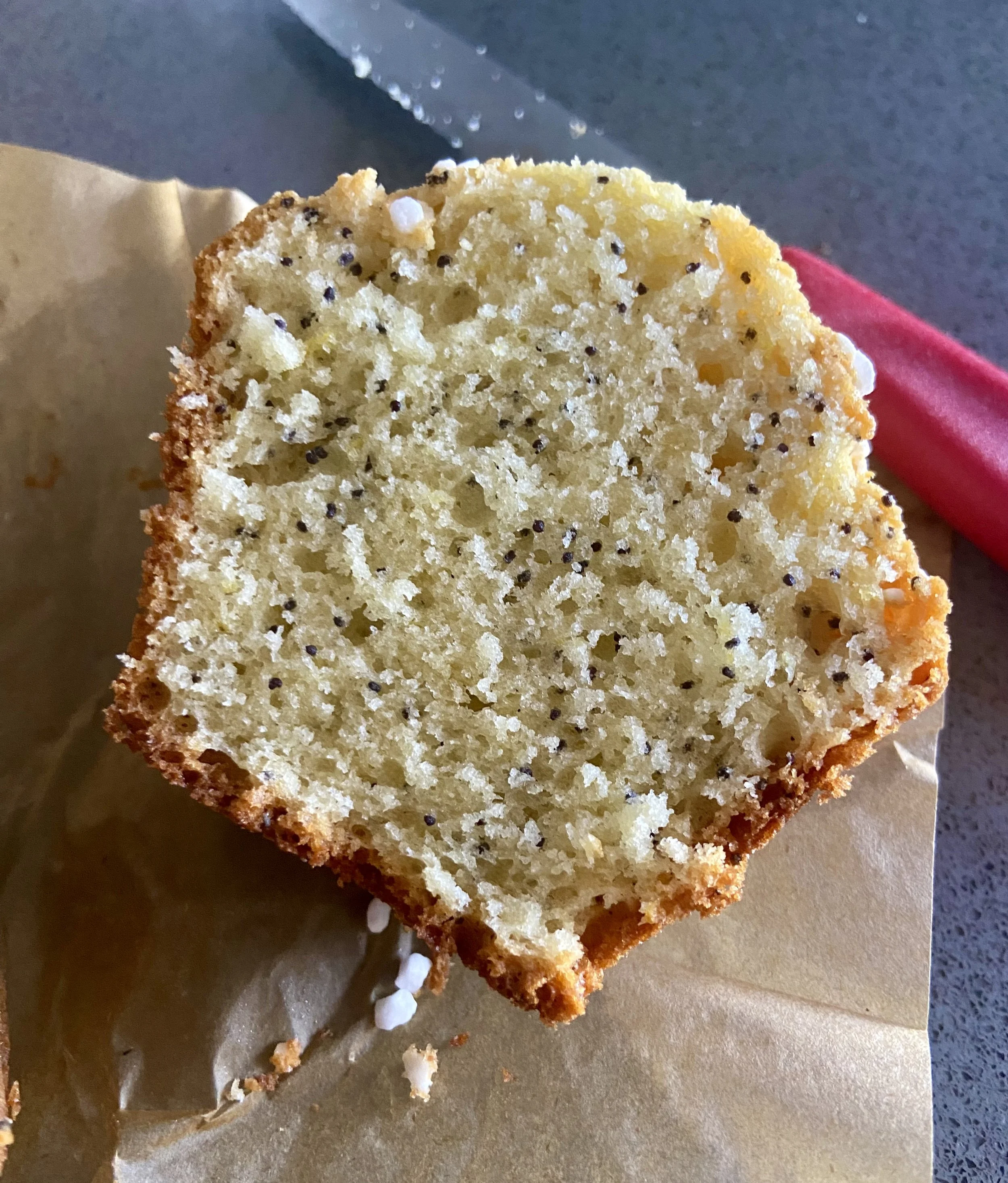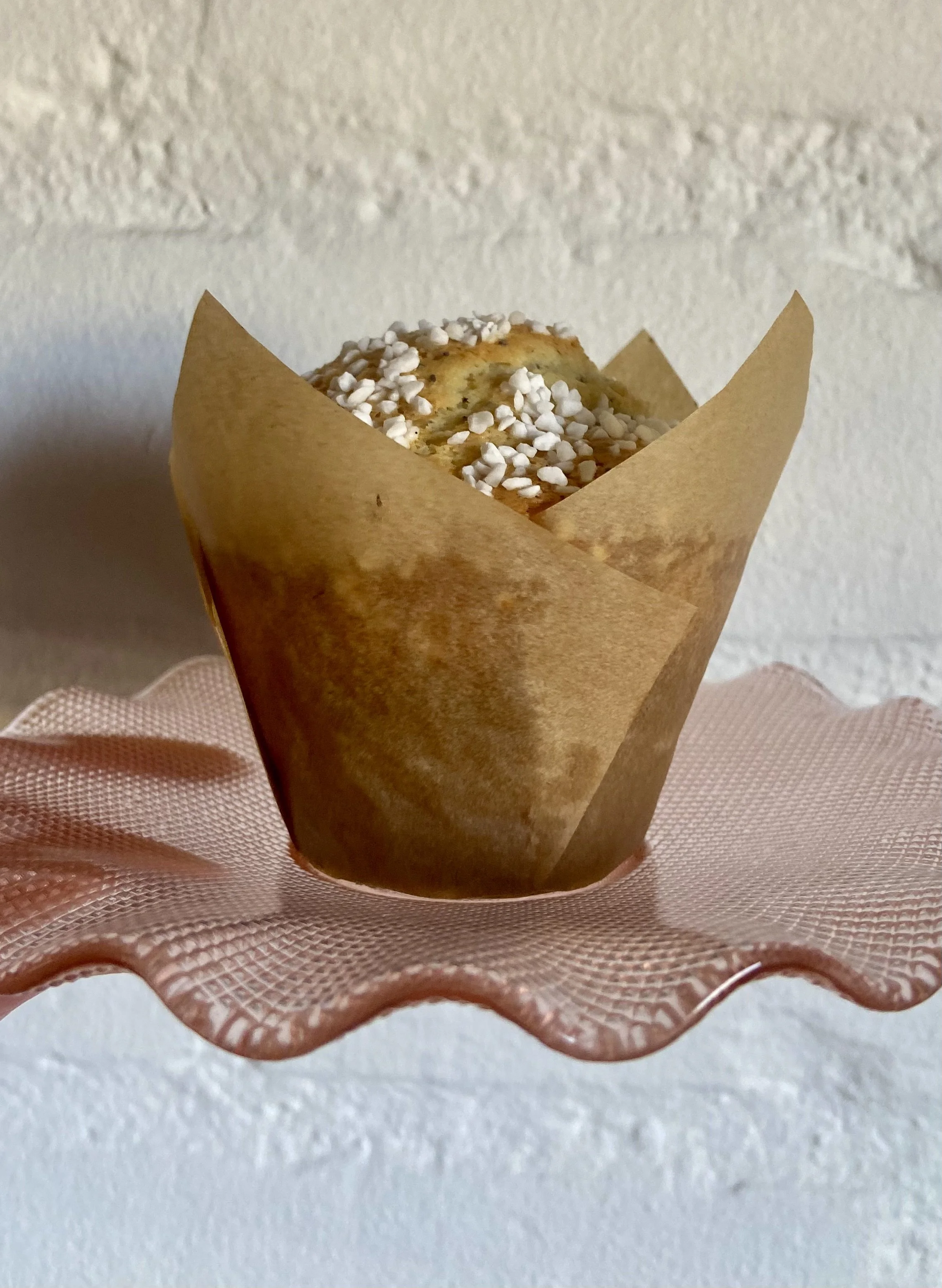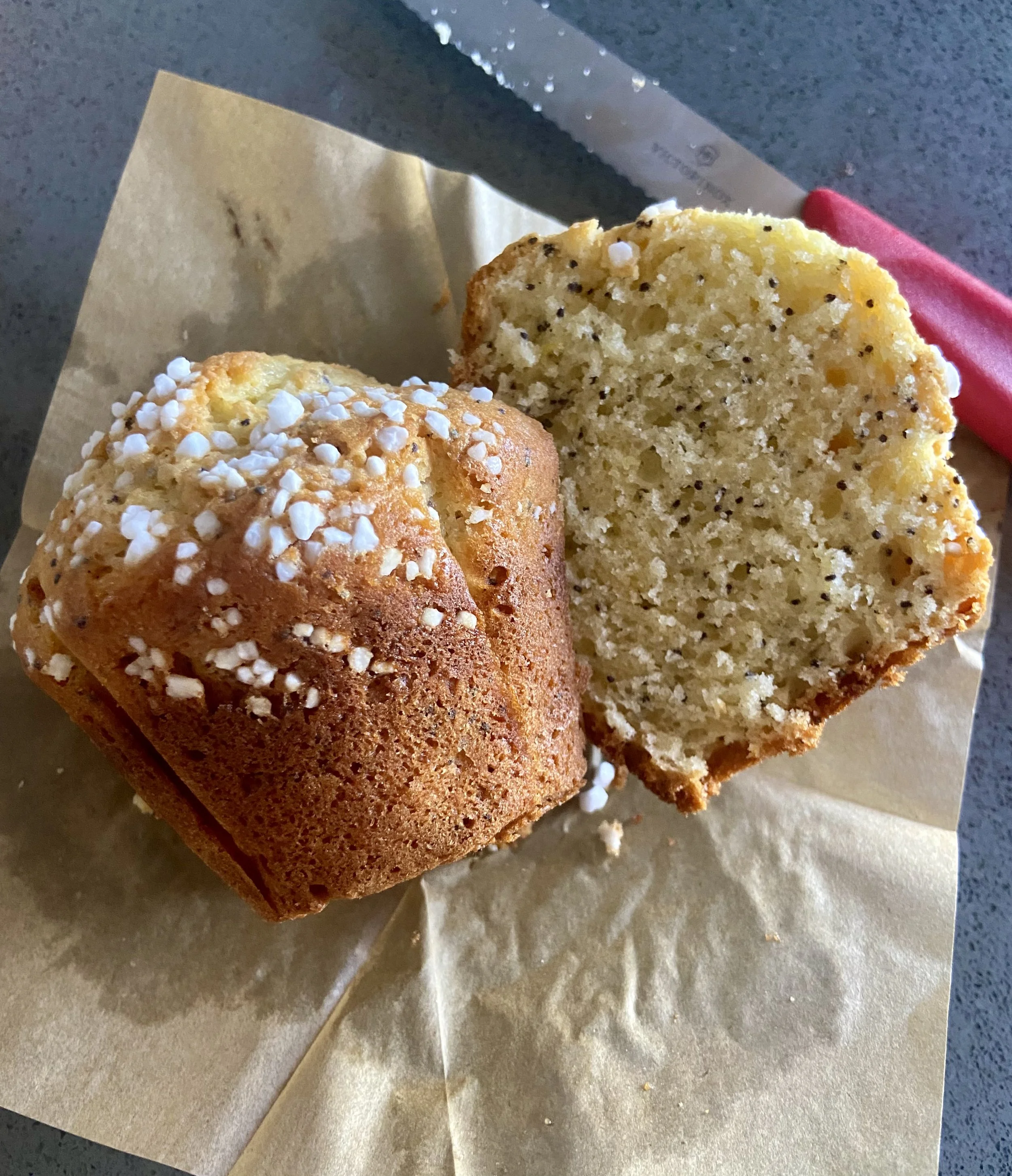Lemon Poppy Seed Muffins
Perhaps tied with blueberry for the best muffin flavor?! And maybe you’re like me and for a really long time (like years) forgot how good lemon poppy seed muffins are? Well, shamefully, I forgot until someone asked me to make some recently and I was forced to question how they had gone from my favorite muffin as a kid to something I barely ever ate or made.
But my life will no longer be devoid of their greatness, as I have now been reminded of how easy they are to make and how gosh darn delicious they are. They are bright and sweet, and buttery and hard to put down.
So, do yourself a favor and give yourself and someone you love a little bite of literal sunshine (aka a lemon poppy seed muffin). You won’t regret it, I swear!
Makes: 12 XL or 16 standard muffins (see note)
Active time: 20 minutes
Total time: 1 hour 20 minutes
Ingredients
419g (3 cups + 2 tablespoons) all purpose flour
1 teaspoon kosher salt
1 tablespoon baking powder
1/2 teaspoon baking soda
30g (3 tablespoons) poppy seeds
138g (1/2 cup + 2 tablespoons) sour cream, room temperature
56g (1/4 cup) whole milk, room temperature
1 3/4 teaspoon vanilla extract or paste
236g (1 cup + 2 tablespoons) granulated sugar
zest of 2 lemons
183g (1 stick + 5 tablespoons) unsalted butter, room temperature
4 eggs, large, room temperature
45g (3 tablespoons) lemon juice
Swedish pearl sugar, optional
Method
Whisk 419g (3 cups + 2 tablespoons) flour, 1 teaspoon salt, 1 tablespoon baking powder, 1/2 teaspoon baking soda, and 30g (3 tablespoons) poppy seeds in a medium bowl. Set aside.
Whisk 138g (1/2 cup + 2 tablespoons) sour cream, 56g (1/4 cup) milk, and 1 3/4 teaspoons vanilla in a small bowl. Set aside.
Place 236g (1 cup + 2 tablespoons) sugar and zest of 2 lemons in bowl of an electric mixer. Using your fingers, rub the lemon zest into the sugar until well mixed and fragrant.
Add 183g (1 stick + 5 tablespoons) butter to the sugar and zest mixture. Mix with the paddle attachment on medium low until light and fluffy, about 5 minutes.
Lower speed and add the 4 eggs one at a time, making sure each egg is fully incorporated before adding the next. Scrape down the bowl as needed.
Add 45g (3 tablespoons) lemon juice and mix.
On low speed, add the flour mixture in thirds, alternating each addition with one half of the sour cream mixture between each third. (Essentially flour, sour cream, flour, sour cream, flour). Use a large spatula to give a few final mixes, making sure all is fully incorporated.
Rest batter in the refrigerator for 30 minutes. While the batter is resting, preheat the oven to 425F. Line muffin tin with liners (see note).
Once the batter has rested, without stirring, use a 3 tablespoon cookie scoop, place 2 scoops into each muffin tin. Each space will be filled just about to the top, but not to worry, they won’t overflow while baking. Sprinkle each top with a little Swedish pearl sugar.
Bake for 7 minutes at 425F, then without opening the oven, reduce the temperature to 350F for an additional 22 minutes, until the muffins are golden brown.
Allow to cool in tin for abut 5 minutes, then cool completely on a wire rack.
Store muffins in an airtight container at room temperature up to 3 days.
Notes
For making muffins at home, I like to use the large tulip style liners. They allow you to bake a larger muffin, which feels a little more substantial like a muffin from a bakery. You can order them on Amazon or Michaels or find them in a specialty culinary shop if you happen to have one near you. You can also just cut squares of parchment to make your own makeshift tulips! If you want to use regular liners for smaller muffins, fill the tins about ¾ of the way full and bake for 5 minutes at 425F and then 15-18 minutes at 350F.
While resting the dough isn’t absolutely necessary, it is such an important step in creating that puffed up, rounded top. If you’re in a pinch for time, the muffins will still turn out great without a rest. Otherwise, I would highly recommend not skipping this step. First, it gives the flour and cornmeal time to really hydrate, which leads to better structure and texture once baked. Second, it also gives the acid in the sour cream some additional time to break down the proteins in the flour. That breakdown promotes tenderness. And third, the chemical leaveners (baking powder and baking soda, and yes that’s what they’re called) will start reacting and creating some bubbles and puffiness in the batter, which is why you don’t want to stir it before scooping.
Swedish pearl sugar is type of decorative sugar that is, unsurprisingly, commonly used in Swedish baked goods. But it can be used in almost any instance where you may want to use a decorative sugar, as it adds a sweet crunchy texture that doesn’t melt in the oven, just like turbinado or sanding sugar. Its noticeable difference is its pearly white color, which can add a nice aesthetic contrast to an otherwise somewhat plain looking pastry. Pearl sugar can be found online at Amazon or at culinary specialty shops. It can easily be swapped for turbinado, sanding, or regular granulated sugar.


